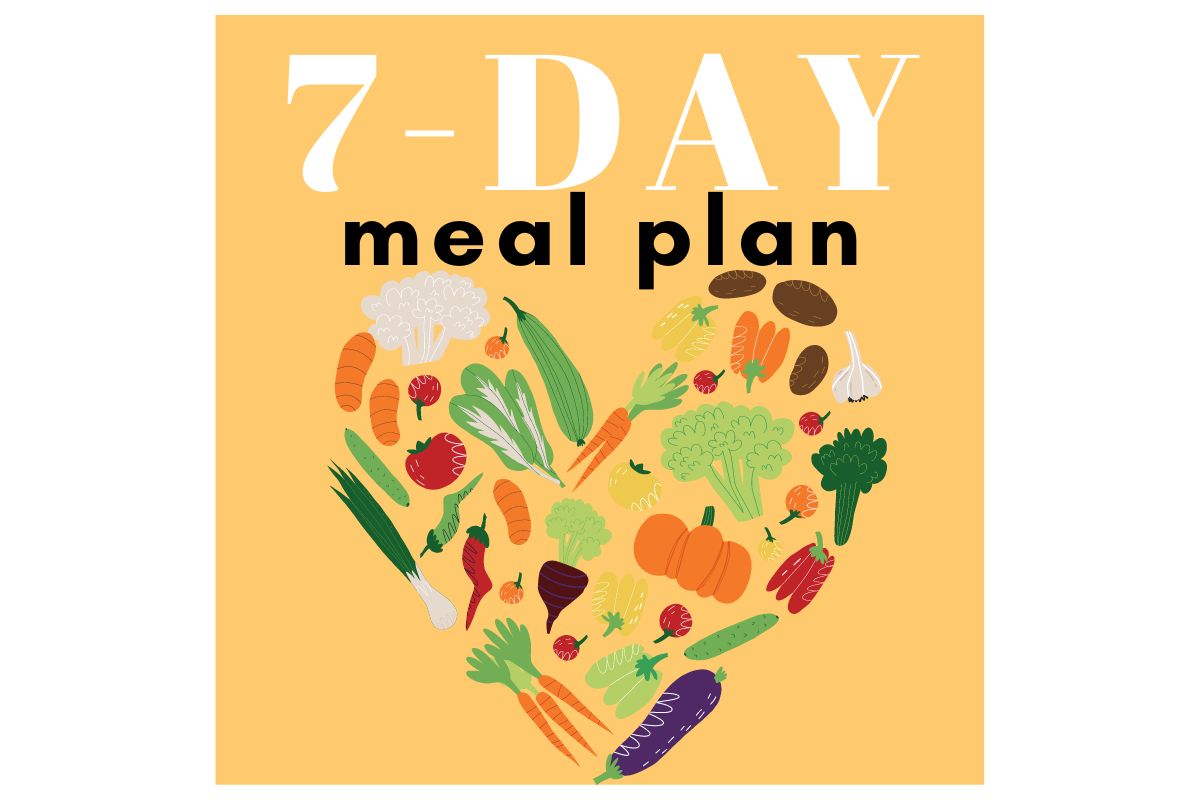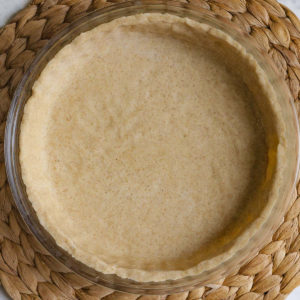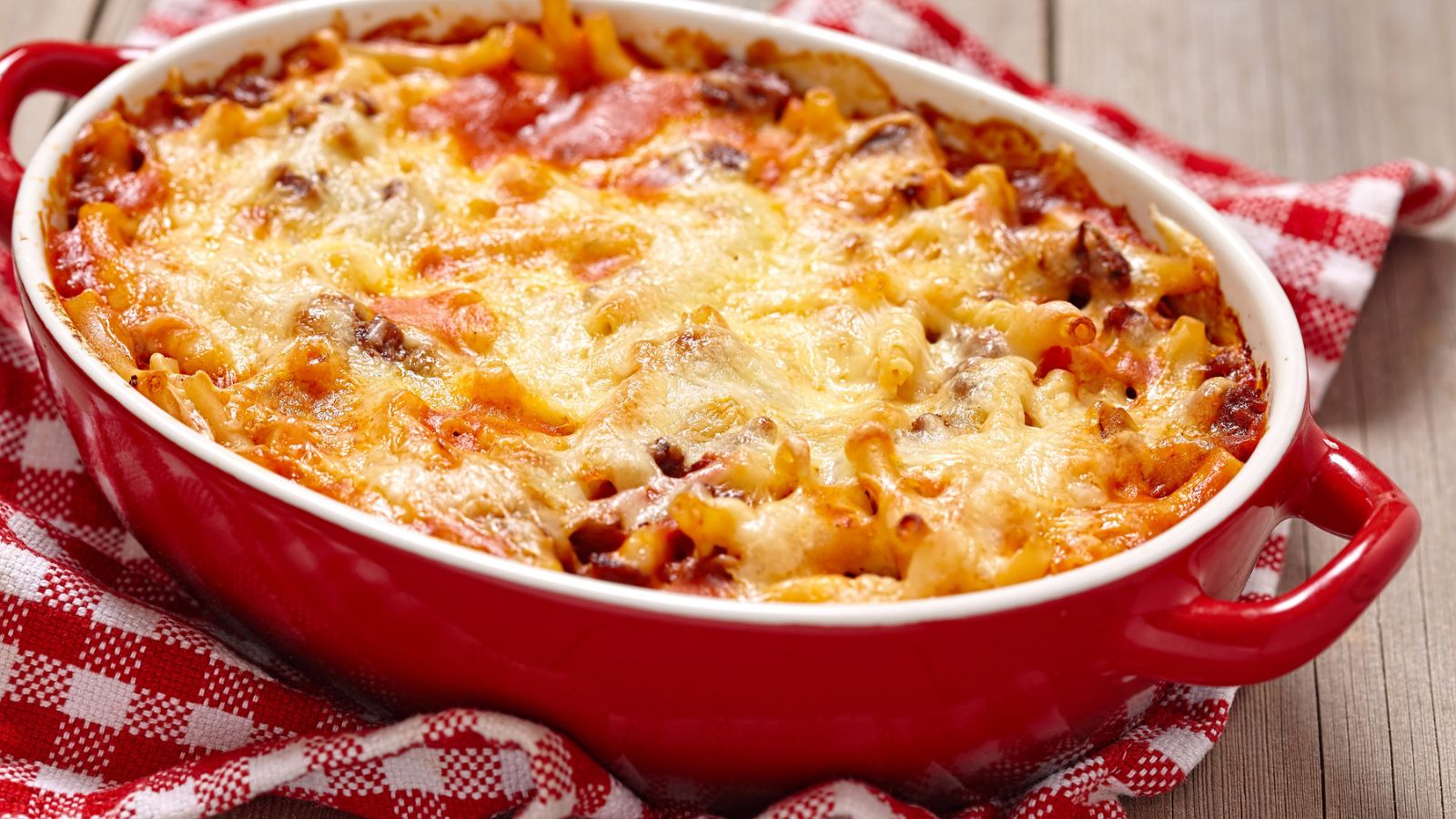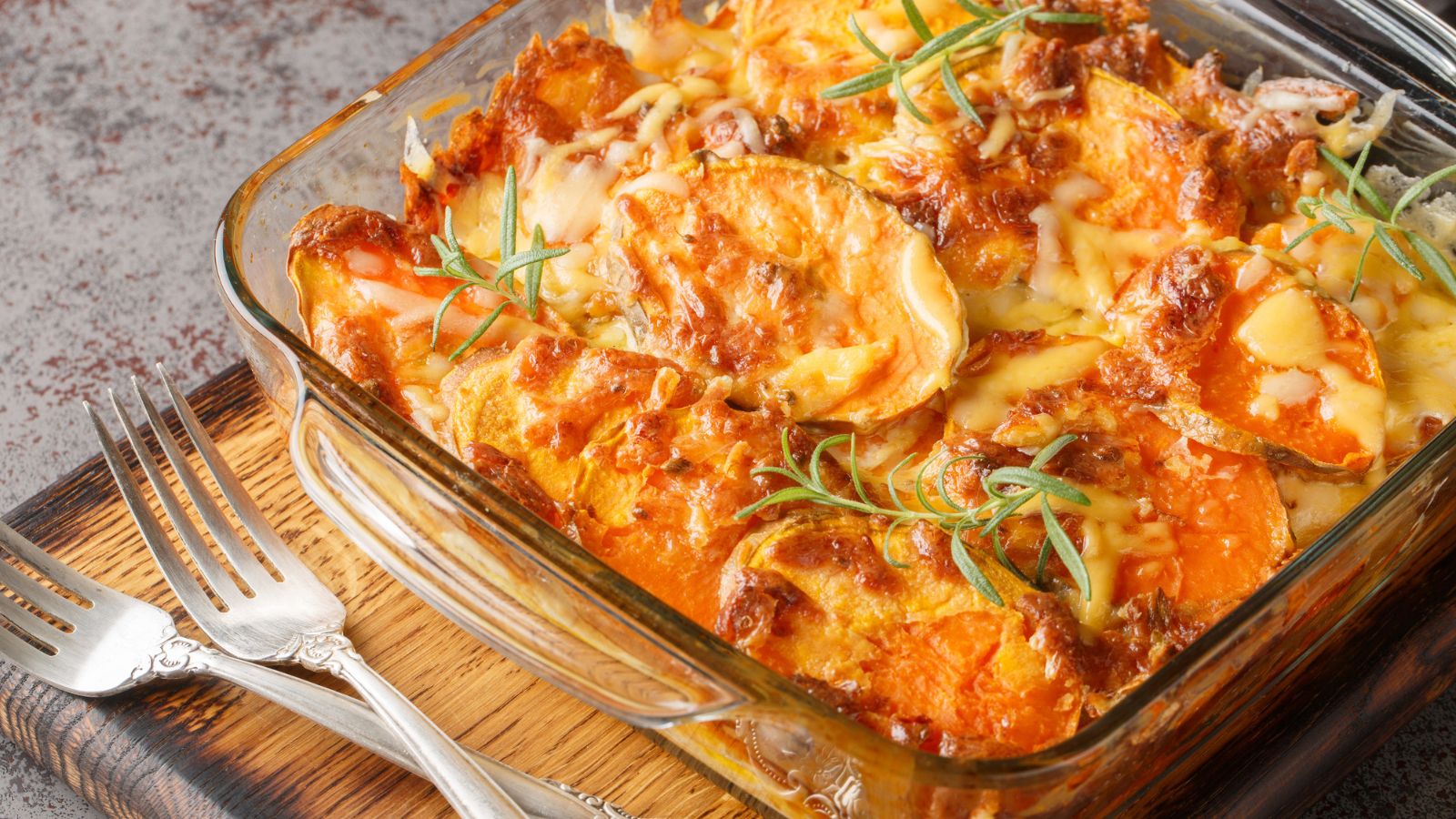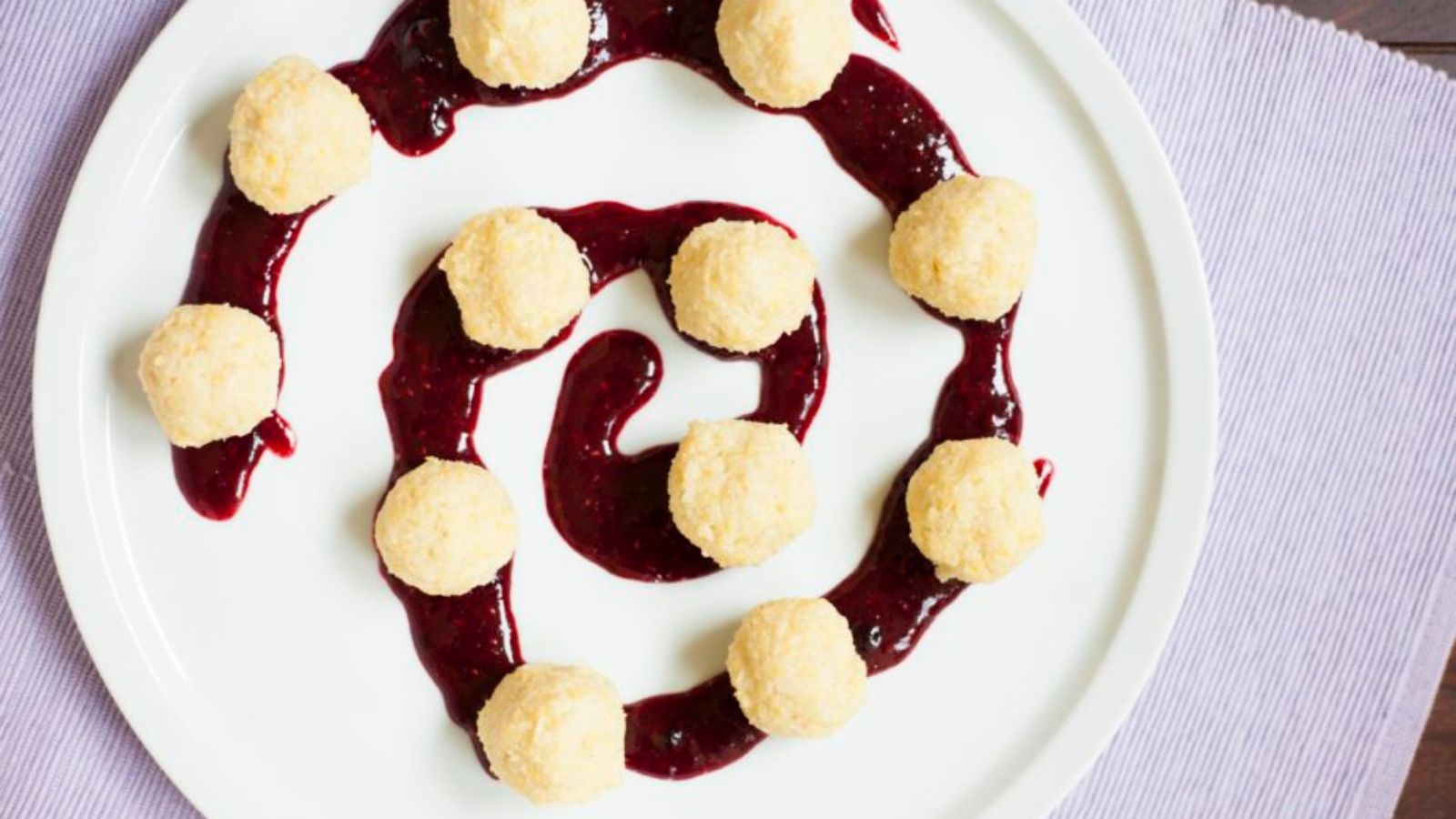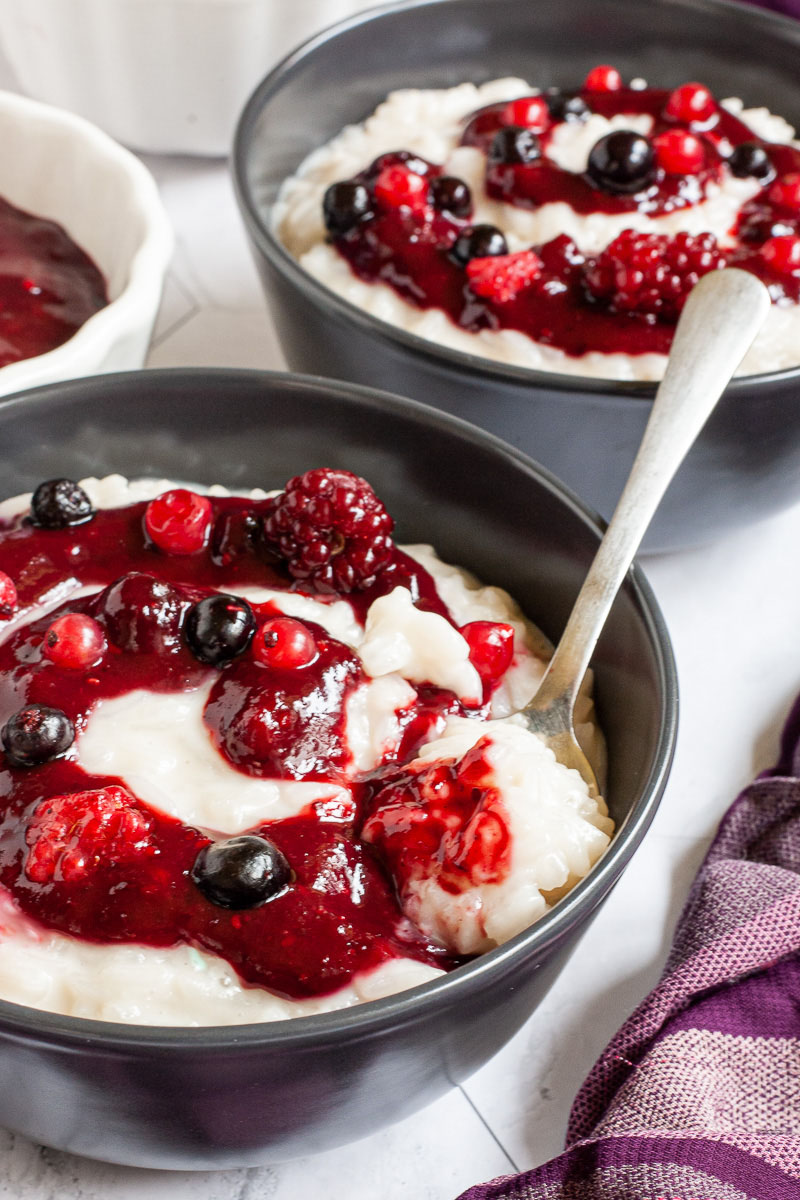Buckwheat Flour Pie Crust
This buckwheat pie crust is a great addition to your recipe collection. It is easy to mix, easy to roll, delicious, and versatile enough to use for sweet or savory pies of all kinds. Best of all there are...
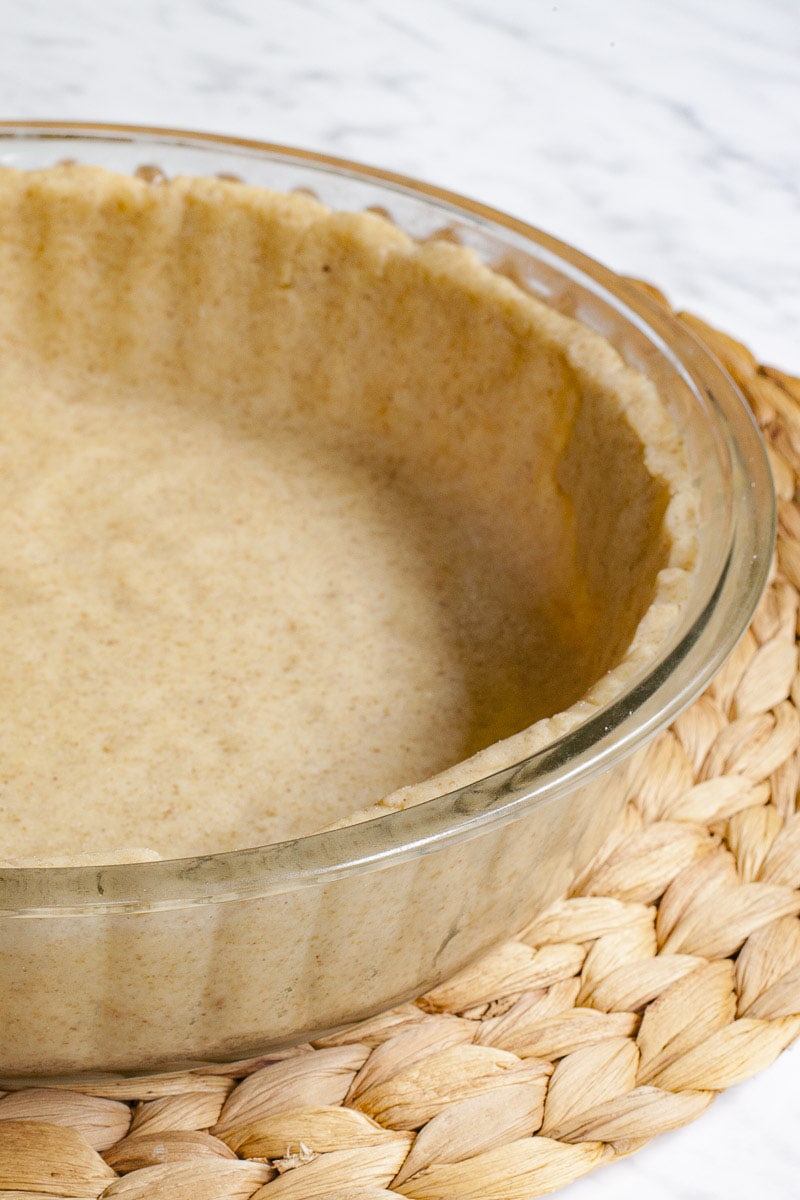
By Emese Maczko on 10/26/2024 - May contain affiliate links. Please read our disclosure.
This buckwheat pie crust is a great addition to your recipe collection. It is easy to mix, easy to roll, delicious, and versatile enough to use for sweet or savory pies of all kinds. Best of all there are no unusual ingredients like xanthan gum.

Want to save this post?
Enter your email below and get it sent straight to your inbox. Plus, I’ll send you budget recipes and money-saving tips every week!
Making a gluten-free and vegan pie crust that holds together and tastes great can be a real challenge. This recipe solves that problem. It uses simple ingredients and is incredibly easy and quick to prepare.
Every home cook needs a great pie recipe in their arsenal. For the best vegan pies, I recommend trying my lemon blueberry crumble pie and caramel apple crisp pie. You can also use this gingerbread pie crust recipe to change things up.
Jump to:❤️ Why you’ll love it🧾 Key ingredients🥘 Equipment👩🍳 Instructions💡 Expert tip🔄 Variations🥣 Serving ideas❄️ Storing tips🤔 FAQsMore vegan dessert recipesBuckwheat Flour Pie Crust❤️ Why you’ll love it
I love how simple and easy this buckwheat pie crust recipe is. It is a no-fail, no-stress recipe that is perfect for both beginners and experienced bakers. The combination of buckwheat flour, rice flour, and tapioca starch not only gives it a unique, nutty flavor but also a beautiful, crumbly texture that is just irresistible.
Plus, the addition of dairy-free butter makes it rich and buttery, just like a traditional pie crust. I also appreciate how versatile this crust is. It is my go-to for both sweet and savory pies. It is also easy to roll out, and it holds its shape well, which can be a challenge with gluten-free crusts.
Plus, the tip about using pie weights or dried beans to blind-bake the crust is a total lifesaver. It ensures that the crust holds its shape and doesn’t shrink during baking. It is a simple trick but makes a world of difference.
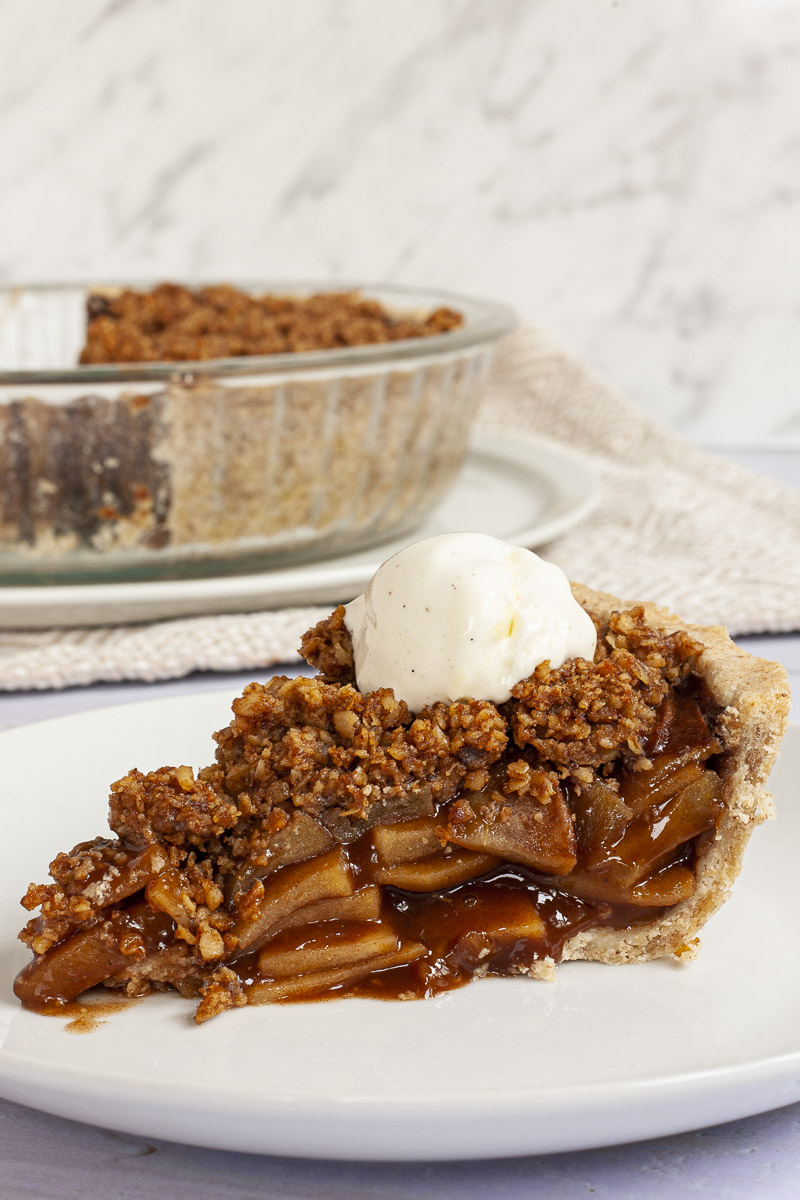
🧾 Key ingredients
This buckwheat pie crust is made with simple, gluten-free ingredients that you can easily find at your local grocery store.
Buckwheat flour is the star of this crust, giving it a hearty, nutty flavor and a beautiful, dark color.
Rice flour and tapioca starch are the perfect partners for buckwheat flour. They help to lighten the crust and give it a tender, crumbly texture.
Dairy-free butter is essential for a flaky, buttery crust. I recommend using a high-quality, solid, dairy-free butter for the best results.
Cane sugar or coconut sugar adds a touch of sweetness to the crust, balancing out the earthy flavors of the flour.
Cold water is the key to bringing the dough together. Depending on the humidity and the moisture content of your flour, you may need more or less water. Start with 1 tablespoon at a time and add more as needed until the dough comes together.
🛒 You can find detailed measurements for all ingredients in the printable version of the recipe card at the bottom of this post.
🥘 Equipment
For this buckwheat pie crust, a good food processor is a must. It helps to achieve the perfect, crumbly texture of the dough, which is the key to a successful crust. It also makes the whole process quick and easy.
👩🍳 Instructions
Preparing the ingredients
STEP 1
Gather the dry ingredients, including buckwheat flour, rice flour, cane sugar, and tapioca starch. Place these in a food processor.
STEP 2
Add cold dairy-free butter in cubes to the food processor with the dry ingredients. Pulse or mix the ingredients until they form a crumble-like texture.
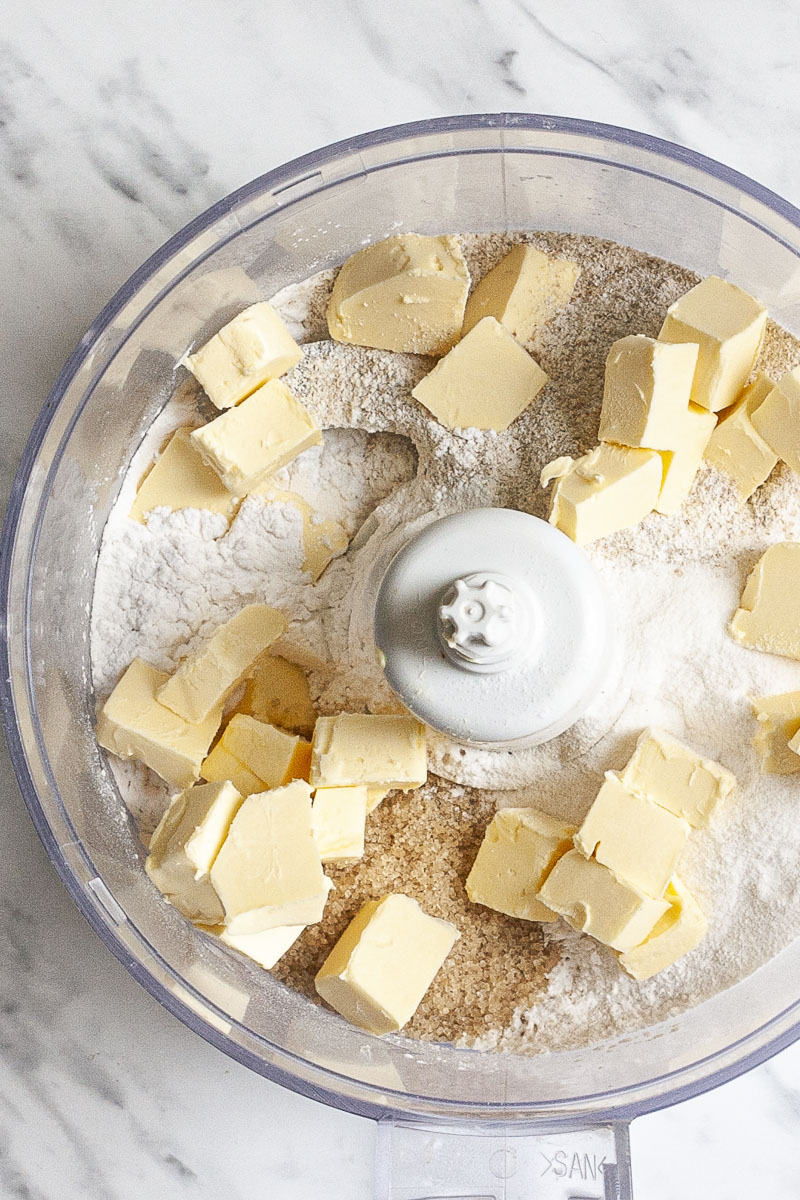
STEP 3
Slowly add cold water to the food processor, one tablespoon at a time. Continue processing the mixture until it forms a soft, non-sticky dough that can easily be formed into a ball.
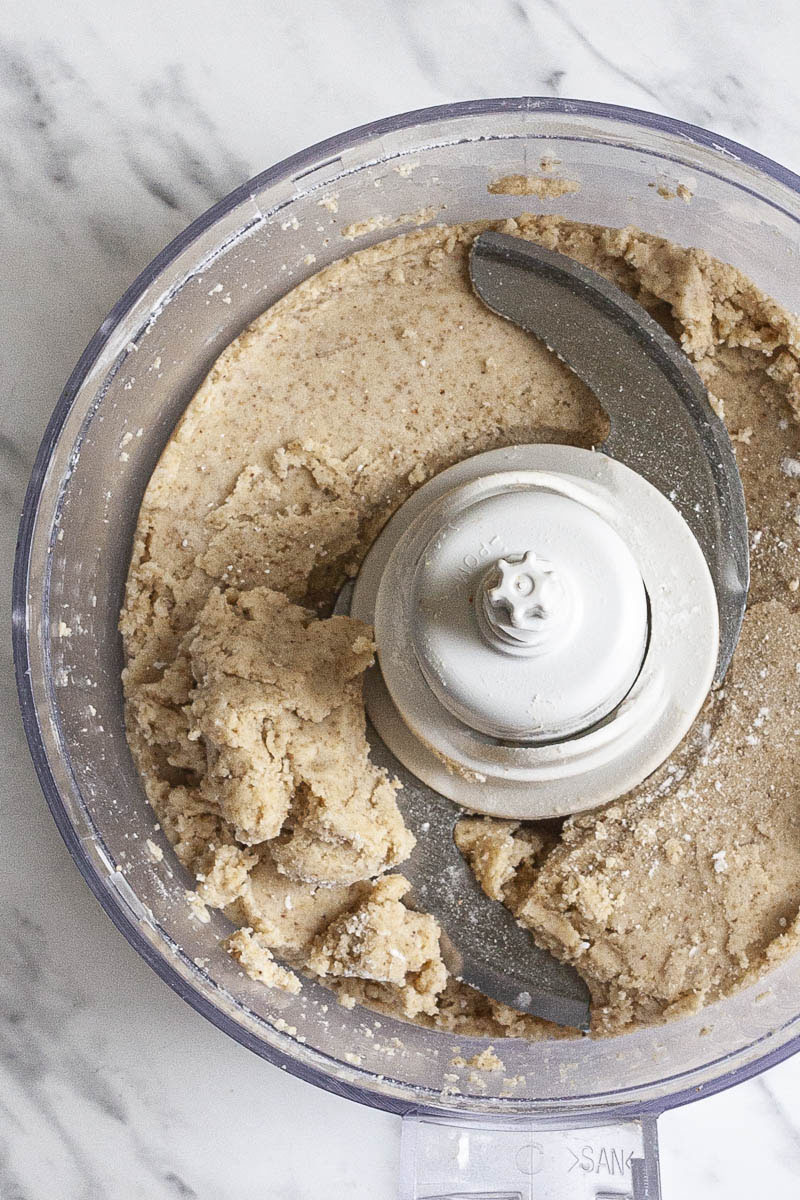
STEP 4
Chill the dough in the refrigerator for at least 15 minutes before rolling it out.
Making the buckwheat pie crust
STEP 1
Prepare a clean, flat surface for rolling out the dough. Place two sheets of lightly floured parchment paper on the surface. This will prevent the dough from sticking and make it easier to transfer to the pie dish later.
STEP 2
Place the chilled dough between the two sheets of parchment paper. Use a rolling pin to roll out the dough to your desired thickness, making sure it is not thinner than 0.5 inches.
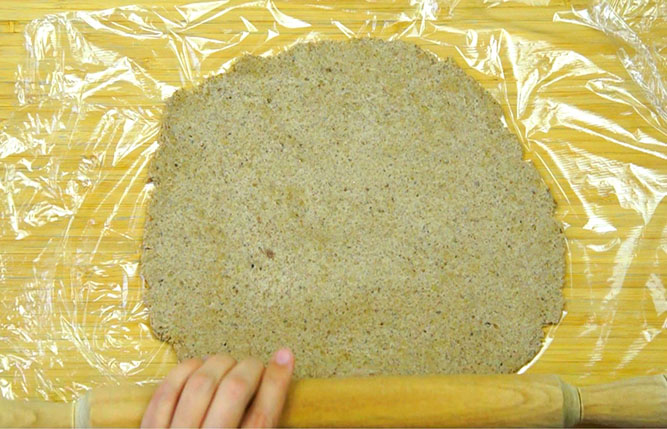
STEP 3
Once the dough is rolled out, peel off the top sheet of parchment paper. Then, carefully lift the rolled out pie crust off the surface by slipping your hands below the bottom sheet of parchment paper.
STEP 4
Gently flip the pie crust and place it in a pie dish. Press the crust into the bottom and sides of the dish, and trim any excess dough from the edges.
STEP 5
If the crust tears or gets a hole, simply patch it with a small piece of dough. Smooth the patched area with your fingers.
STEP 6
To blind-bake the crust, preheat your oven to 350 degrees Fahrenheit (180 degrees Celsius). Place a round-shaped parchment paper or a homemade parchment paper circle inside the pie dish, on top of the crust. Fill the dish with pie weights, rice, or beans to prevent the crust from puffing.
STEP 7
Blind bake the crust for 15 minutes. After this time, remove the parchment paper and the weights. Your buckwheat pie crust is now ready to be used for both baked and no-bake recipes.
💡 Expert tip
Chilling the dough is the most crucial step in this recipe. Even if you feel the dough is easy to handle, always chill it in the fridge for 15-20 minutes. This process helps the flour to bind with the moisture in the butter and water, and the butter to harden again. As a result, the dough will be easier to roll out, and your pie crust will hold its shape better during baking.
🔄 Variations
For a sweeter crust, consider adding a bit more sugar. This will give your pie crust a slightly sweeter flavor, which is perfect for dessert pies like apple or pumpkin pie.
If you are looking for a more crumbly texture, try using coconut oil instead of dairy-free butter. This will give the crust a unique, coconut flavor and a crumbly texture that is perfect for pies with a soft filling, like a chocolate cream pie.
For a savory pie, consider adding some herbs or spices to the dough. Dried oregano, thyme, or rosemary would work well. Just mix them in with the dry ingredients before adding the butter.
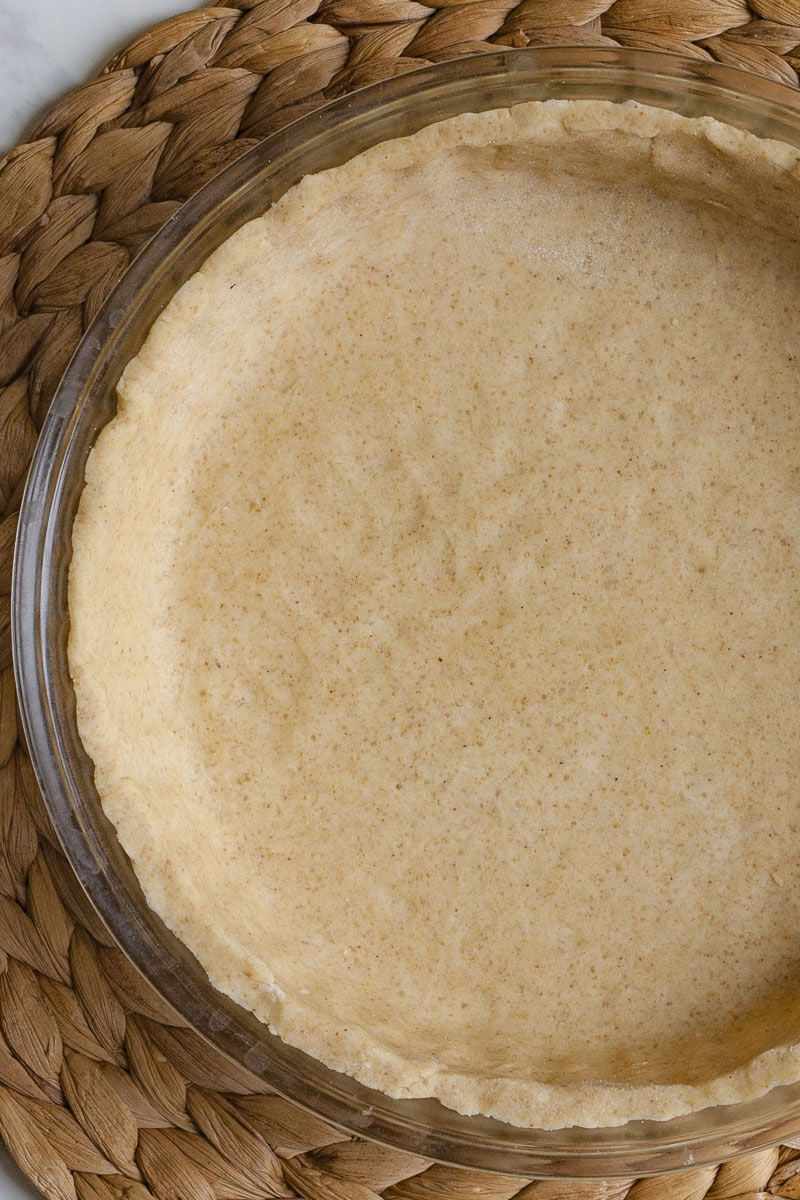
🥣 Serving ideas
This buckwheat pie crust is incredibly versatile and can be used to make a variety of delicious dishes.
For a wholesome and hearty meal, I recommend using this crust to make a veggie pot pie. The earthy flavors of the buckwheat flour complement the hearty vegetables, making for a comforting and satisfying dish.
If you have a sweet tooth, consider using this crust to make a vegan custard tart. The nutty flavor of the buckwheat adds a delicious twist to the classic custard tart, and the gluten-free nature of the crust makes it suitable for those with dietary restrictions.
For those who are looking for a show-stopping dessert, this crust is the perfect base for a baked vegan pumpkin cheesecake. The warm spices of the pumpkin cheesecake filling pair beautifully with the nutty crust, and the hint of sweetness from the cane sugar adds the perfect balance of flavors.
And if you are looking for a classic dessert, this crust is the ideal for an apple crisp pie. The buttery, crumbly texture of the crust is the perfect complement to the sweet, tart apples, and the warm spices in the pie filling.
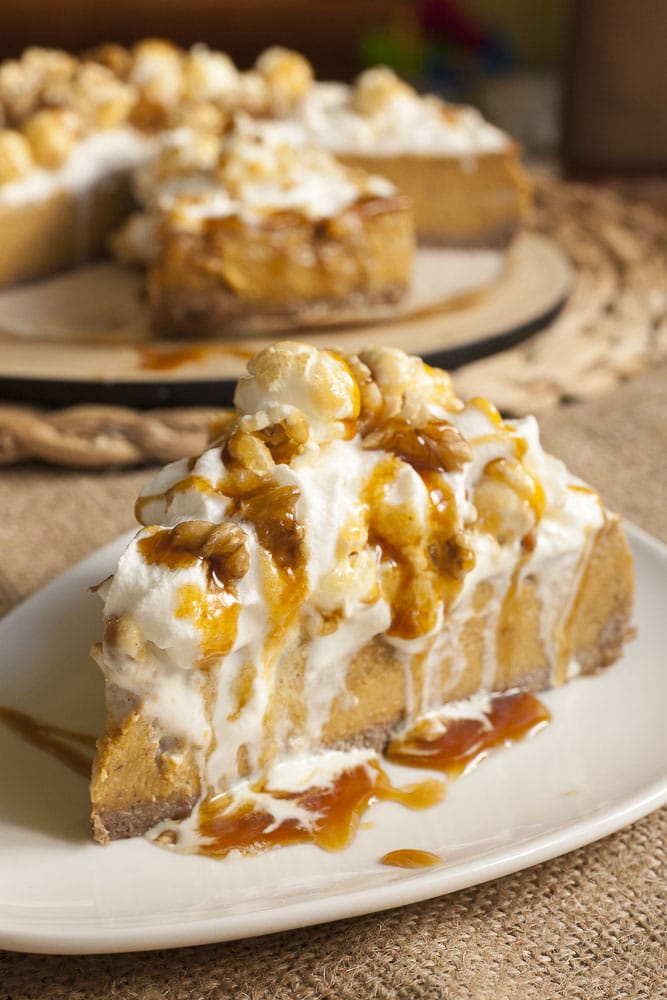
❄️ Storing tips
Storing and reheating this buckwheat pie crust is a simple process that allows you to enjoy this delicious, flaky crust for days to come.
To store, allow it to cool completely after baking. Once cooled, place it in an airtight container and store it in the refrigerator. It can last for up to 3-4 days, maintaining its flaky texture and delicious flavor.
I do not recommend freezing it again after it has been baked. The crust may become soft and lose its flakiness upon thaw.
To reheat, if you have stored it in the refrigerator, you can use it as is.

🤔 FAQs
How do you know if the dough is perfect?
You can easily tell if the dough is perfect by following these three indicators: you can easily form a ball without any crumbles, it is soft to the touch but does not stick to your fingers, and you can easily scrape the dough out of the container without any traces.
How do I adjust or fix the consistency of the dough?
If the dough is too dry and crumbles when you try to form a ball, add one more tablespoon of cold water. If the dough is too sticky and sticks to your fingers or the side of the container too much, add one more tablespoon of buckwheat flour.
What other flour or starch can I use?
You can substitute buckwheat flour with oat flour, but you will need to check the texture as you may or may not need to add extra tablespoons of cold water. I have not tested this recipe with any other flour combination. You can also substitute tapioca starch with corn or arrowroot starch.
Can I make this pie crust ahead of time?
Yes, you can make this pie crust ahead of time. It can be kept in the fridge overnight as a ball wrapped up in cling foil or in an airtight container. I recommend rolling it out only right before adding the filling.
THANK YOU so much for visiting our website. Please comment below if you have tried this recipe. We LOVE hearing from you! If you loved the recipe, please don’t forget to give us a ⭐⭐⭐⭐⭐ RATING. We appreciate all of our readers.
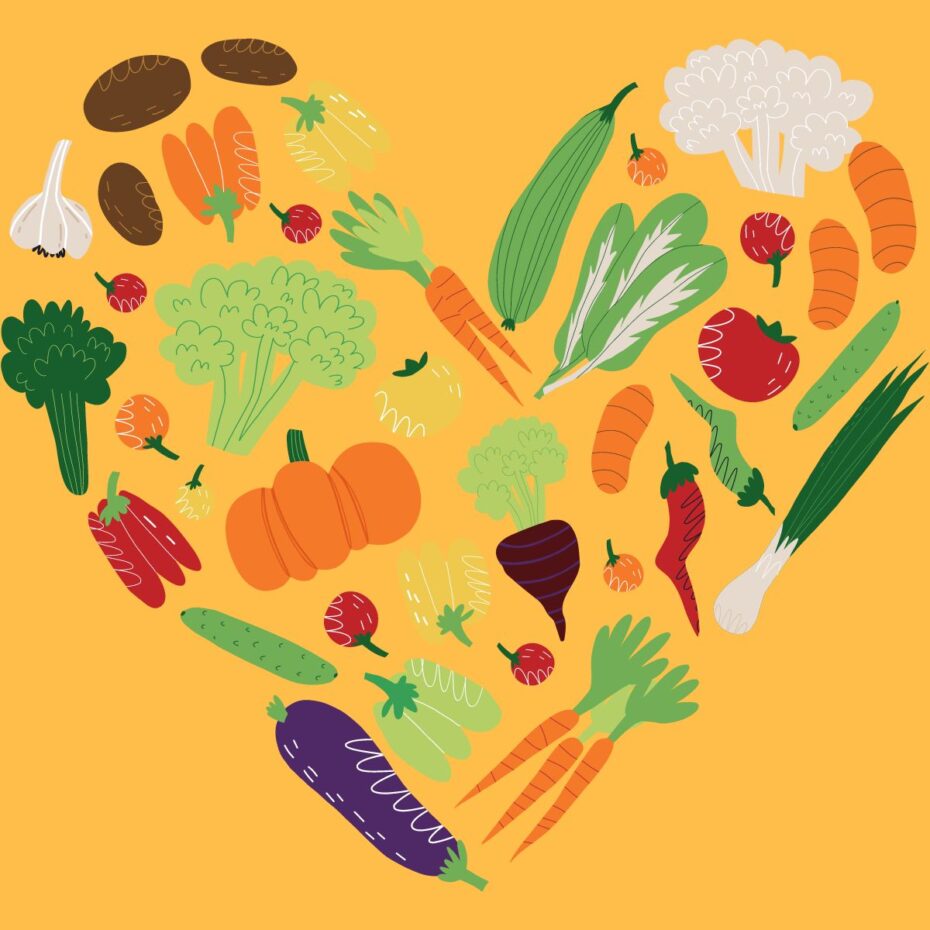
Buckwheat Flour Pie Crust
This buckwheat pie crust is a great addition to your recipe collection. It is easy to mix, easy to roll, delicious, and versatile enough to use for sweet or savory pies of all kinds. Best of all there are no unusual ingredients like xanthan gum.
Prep Time 10 minutes
Cook Time 30 minutes
Chill 15 minutes
Total Time 55 minutes
Course Dessert, Main Course
Servings 1 9′-inch pie
Calories 1700kcal
EXCLUSIVE 5-ingredient recipes for busy home cooks that are ready in 15 minutes!Check out our Express Vegan Cookbook!
Instructions
Mix the dough
Add all dry ingredients to the food processor (buckwheat flour, rice flour, cane sugar and tapioca starch). Pulse once to combine.
Add the cold dairy-free butter in cubes and pulse/mix until you have a crumble-like texture.
Add cold water 1 Tbsp at a time. The dough is perfect if 1) you can easily form a ball without any crumbles; 2) it is soft to the touch, but does not stick to your fingers and 3) you can easily scrape the dough out of the container without any trace.
Chill in the fridge for at least 15 minutes.
Roll the dough
Take 2x lightly floured parchment papers or cling foils and roll the dough out not thinner than 0.5 inch in between them. It doesn’t matter if the edges are rough or it is not a perfect circle.
If you ready with the rolling, peel off the top cling foil. Slip your hands below the bottom cling foil and gently lift the rolled out pie crust off the board. Flip it over and place it gently in the pie dish. Settle the bottom and the sides and pill the cling foil off. Use a knife to cut off the excess dough around the dish.
If you tear it somewhere or you get a hole, just patch it with a little bit of dough. Smooth it with your fingers and it will still be perfect at the end.
Bake the pie
Pre-heat oven to 350 Fahrenheit (180 degrees Celsius).
Use a round-shaped parchment paper or cut one for yourself and place it inside the pie dish. Use rice, beans or pie weights to ensure that the sides and the bottom keeps its place.
Blind bake it like that for 15 minutes.
If you would like to use it as a pre-baked pie crust shell for a no-bake pie or cheesecake, remove the parchment paper and weight. Then bake for another 10-15 minutes until it is crispy. If you need to bake the filling, remove the parchment paper and the weight and add the filling in its place. Then bake for another 15-30 minutes depending on your filling.
Even more tips in the post above the recipe card!
Notes
TOP TIPS
Make sure you use cold butter and not room temperature. Add the butter to the food processor at last in 1×1 inch cubes so that it doesn’t stick to the sides. Use a silicone / non-stick parchment paper. If you don’t have one, sprinkle it with a little bit of rice flour before rolling. If the dough sticks to your rolling pin, use a cling foil or another silicone / non-stick parchment paper on top. You can leave the dough in the fridge overnight and roll out the next day. No problem. Cane sugar can be substituted for any dry sugar like coconut sugar. Liquid sugar like maple syrup will make the dough too wet to roll out, so might need to add more flour to get to the same consistency.Even more tips in the post above the recipe card!
Nutrition
Nutrition Facts
Buckwheat Flour Pie Crust
Amount Per Serving (1 crust)
Calories 1700 Calories from Fat 855
% Daily Value*
Fat 95g146%
Saturated Fat 18g113%
Sodium 1915mg83%
Potassium 580mg17%
Carbohydrates 205g68%
Fiber 11g46%
Sugar 26g29%
Protein 16g32%
Calcium 37mg4%
Iron 5mg28%
* Percent Daily Values are based on a 2000 calorie diet.

 KickT
KickT 